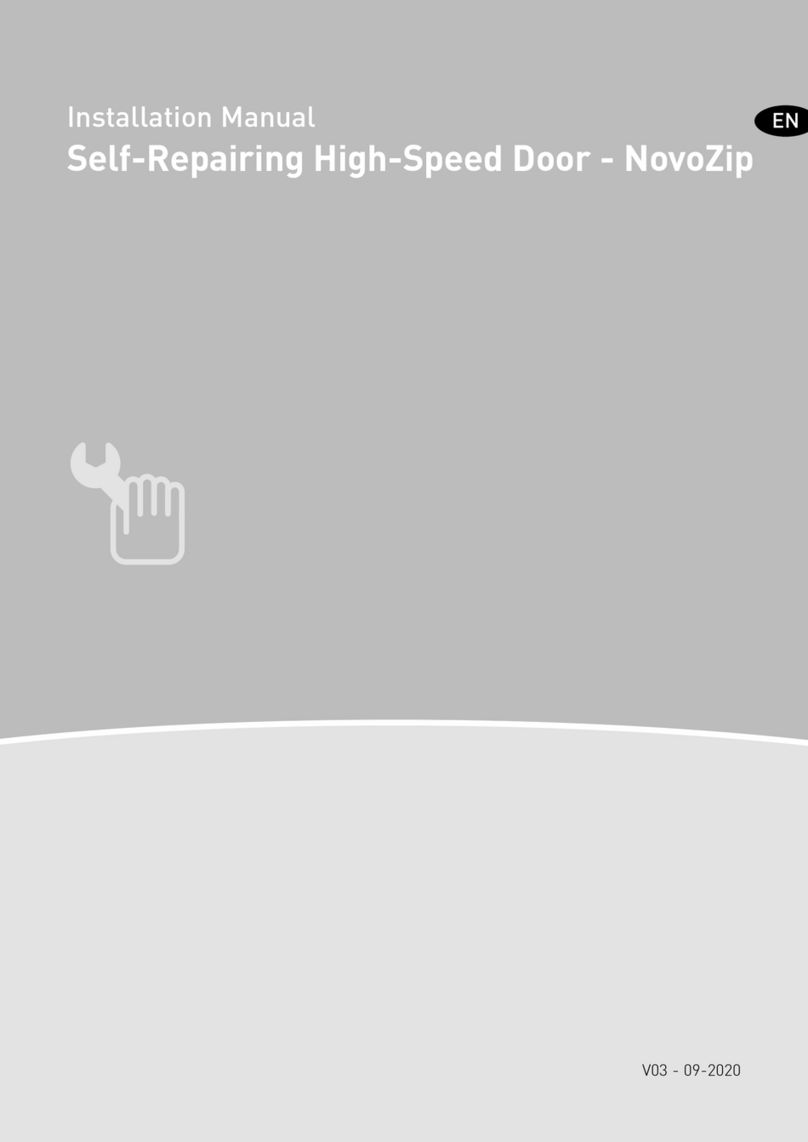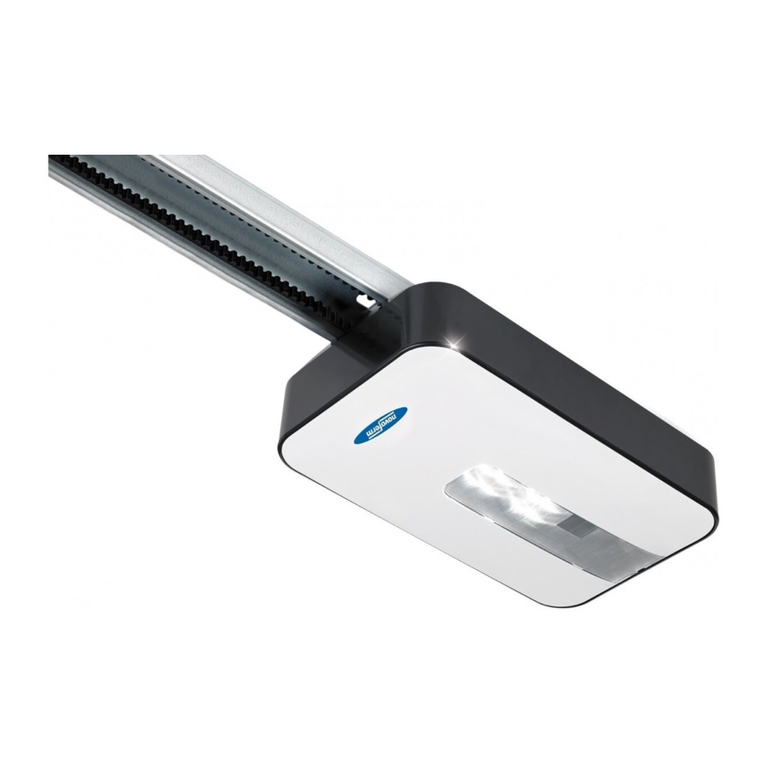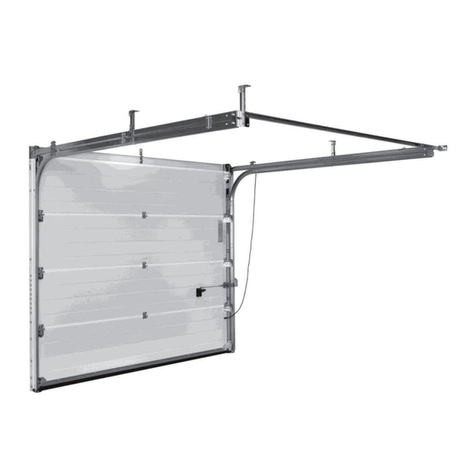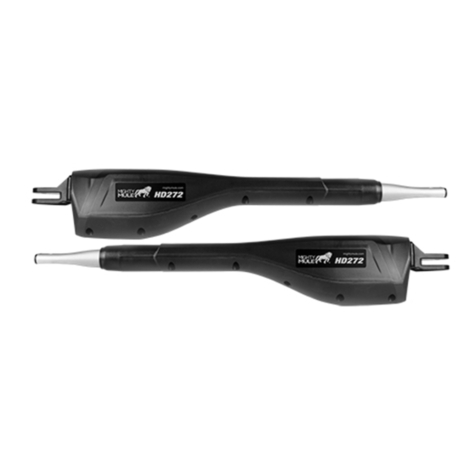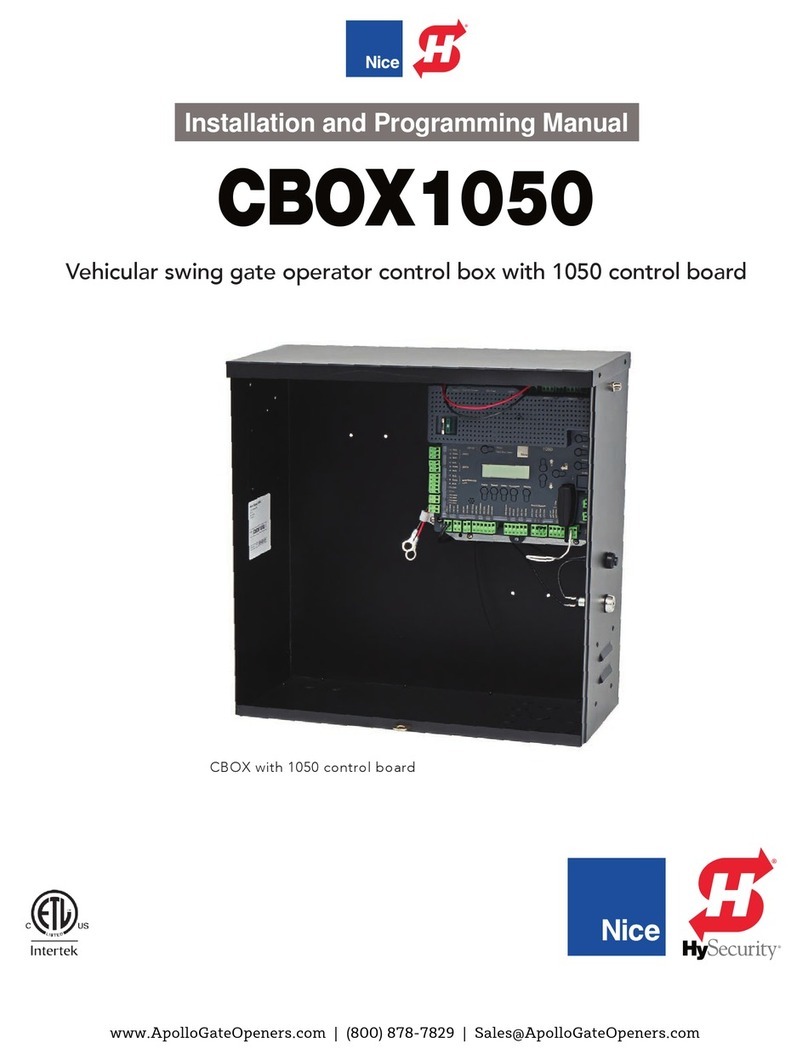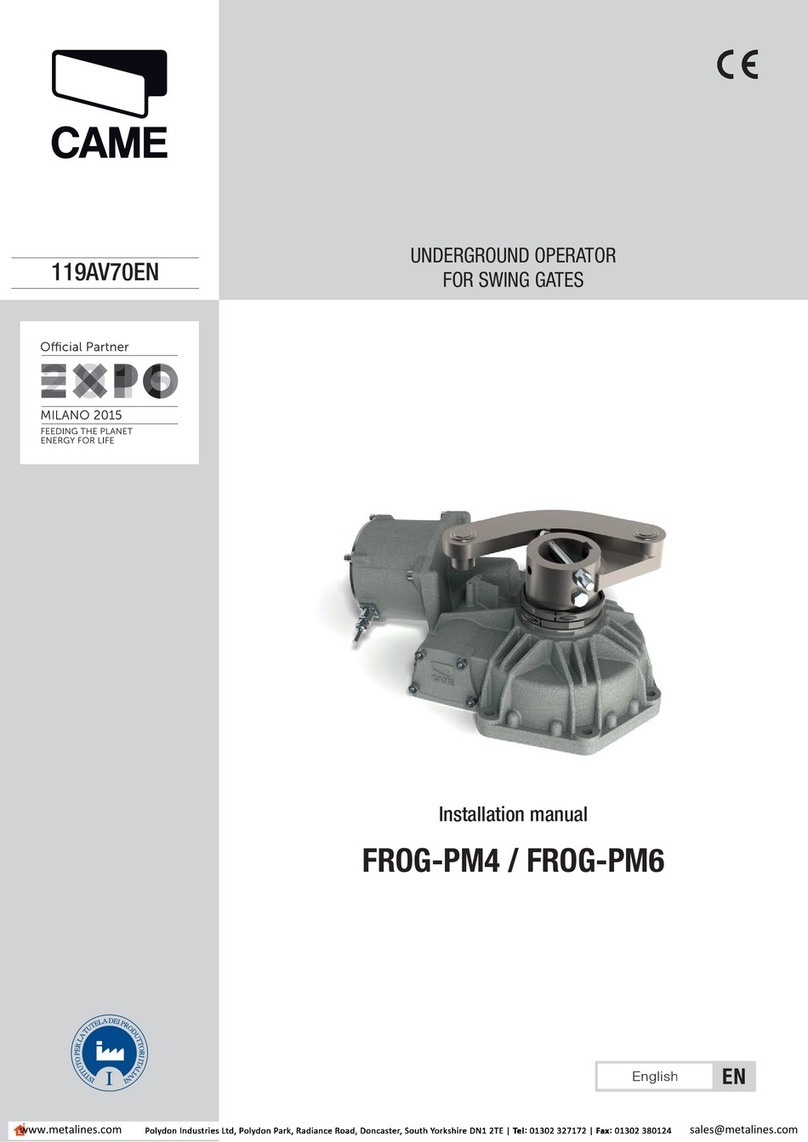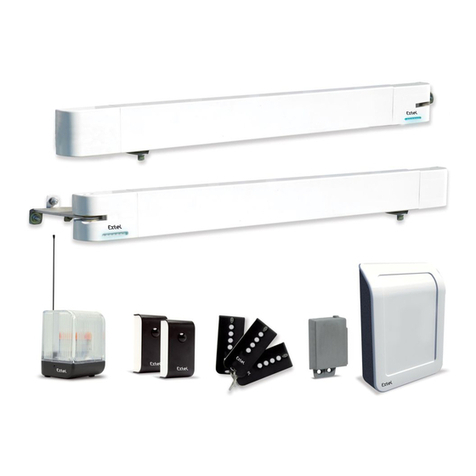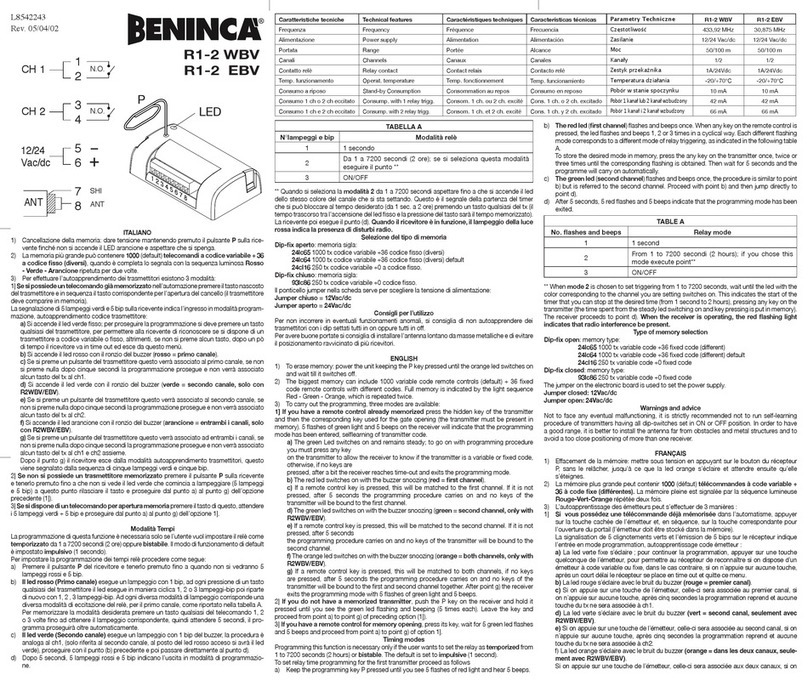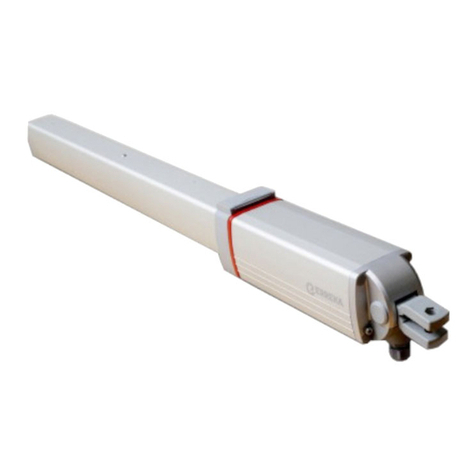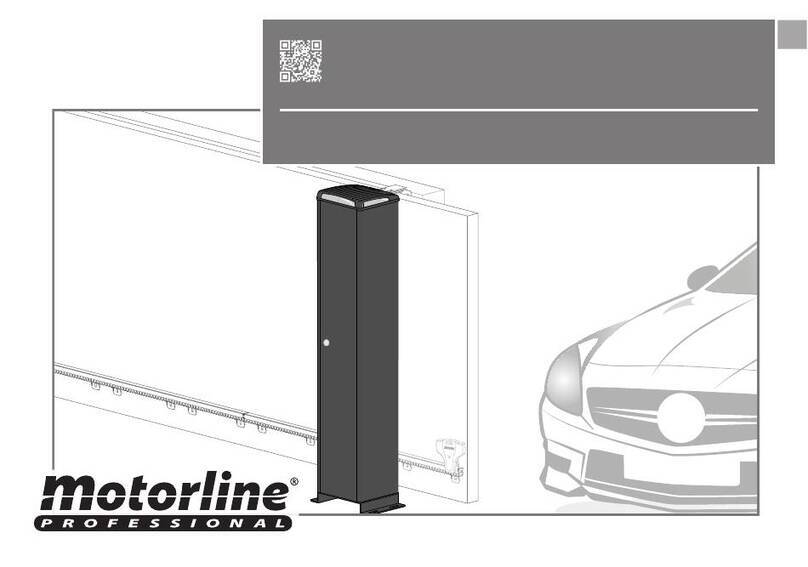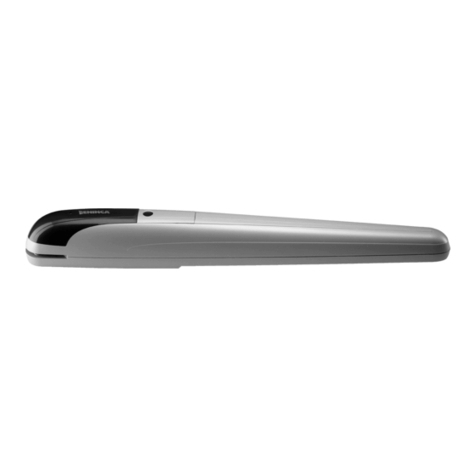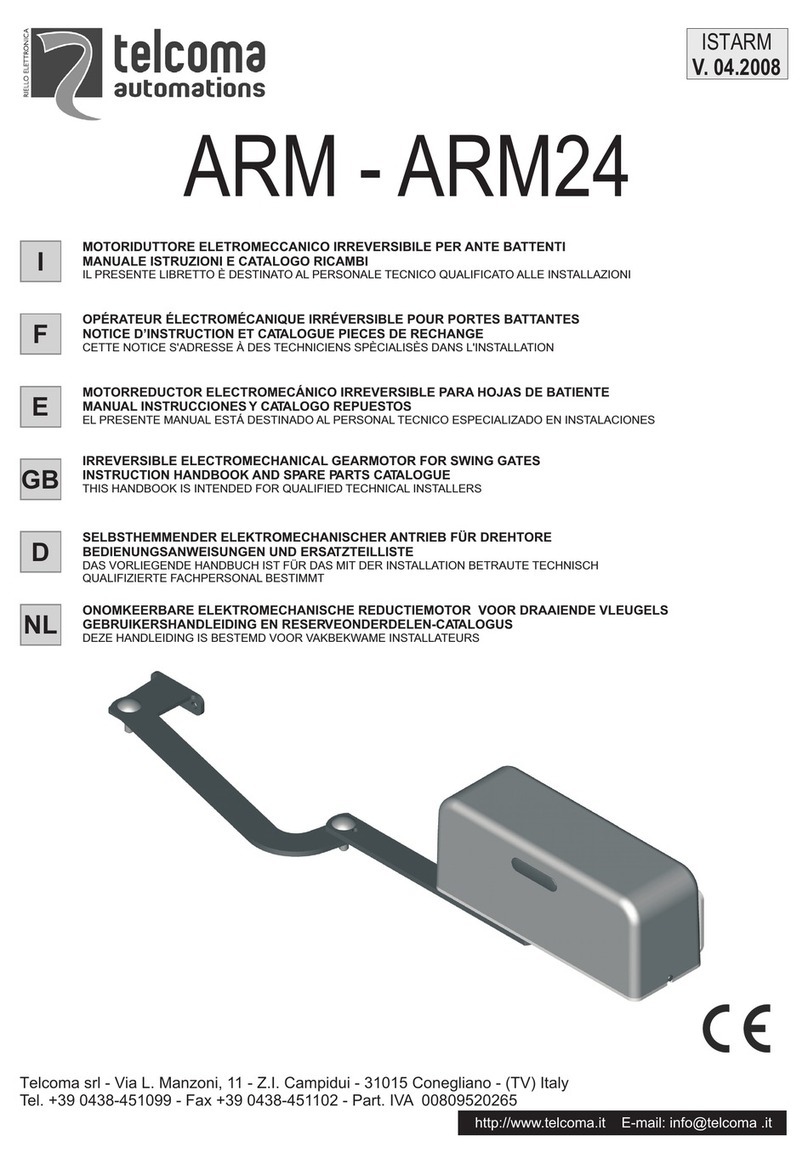
EN
2This installation manual must be handed to the customer and must be kept in a safe place throughout the whole period of use!
1. PURPOSE / SCOPE
This instruction manual details the components and steps to follow during the installation when carried out by
the manufacturer or when carried out under its responsibility, as well as the installation of the door in cases in
which it is supplied by Novoferm as a complete kit, and when this installation is carried out by an installer chosen
by the user. The risks related to the installation are also set out. Installations in which components not supplied
by Novoferm are used do not fall within the scope of this document.
Only the correct installation and maintenance, carried out by a competent organisation or person, in accordance
with the instructions given in this manual, can ensure the safe installation, operation and use (including
maintenance and repair) of an industrial door used for the transport of vehicles and persons.
Please read these operating instructions carefully and comply with all contents and safety instructions.
The instructions in this manual cannot, by themselves, make the work safe and do not preclude the operator from
observing the safety code or local or national law, rules or regulations.
The images and diagrams are generic and therefore this information may vary due to constant research and
development by NOVOFERM.
2. REGULATIONS
During the installation of the door, the following regulations must be observed:
• European Construction Products Regulation (EU) No. 305/2011.
• Machinery Directive (2006/42/EC).
• Low Voltage Directive (2014/35/EU)
• Electromagnetic Compatibility Directive (2014/30/EC)
• Radio Equipment Directive (2014/53/EU)
• EN 13241:2016. Industrial, commercial garage doors and gates. Product standard.
Part 1: Products without fire resistance or smoke control characteristics.
• EN ISO 12100:2012. Machinery safety General design principles. Risk assessment and risk reduction.
• EN 614-1:2006+A1:2009. Machinery safety Ergonomic design principles.
Part 1: Terminology and general principles.
• EN 12433-1:2000. Industrial, commercial garage doors and gates. Terminology.
Part 1: Types of doors.
• EN 12433-2:2000. Industrial, commercial garage doors and gates. Terminology.
Part 2: Door components.
• EN 12453:2001. Industrial, commercial garage doors and gates.
Safety in the use of motorized doors. Requirements.
• EN 12604:2000. Industrial, commercial garage doors and gates.
Mechanical aspects. Requirements.
3. INSTALLERS
This manual is intended for professional installers only, meaning those persons or organisations that provide door
installation and improvement services to third parties.
Professional installers must have at their disposal competent persons, adequately trained, qualified in their
knowledge and practical experience, and must be in possession of this instruction manual in order to enable them
to carry out the installation correctly and safely. Partially trained personnel will only be used as assistants under
the supervision of the installer.
These competent persons must update their skills and knowledge in line with the emergence of new techniques
and product developments, and the professional installer shall keep training records. They shall also have the
ability to verify conformity with European standards EN 12604 and EN 12453
